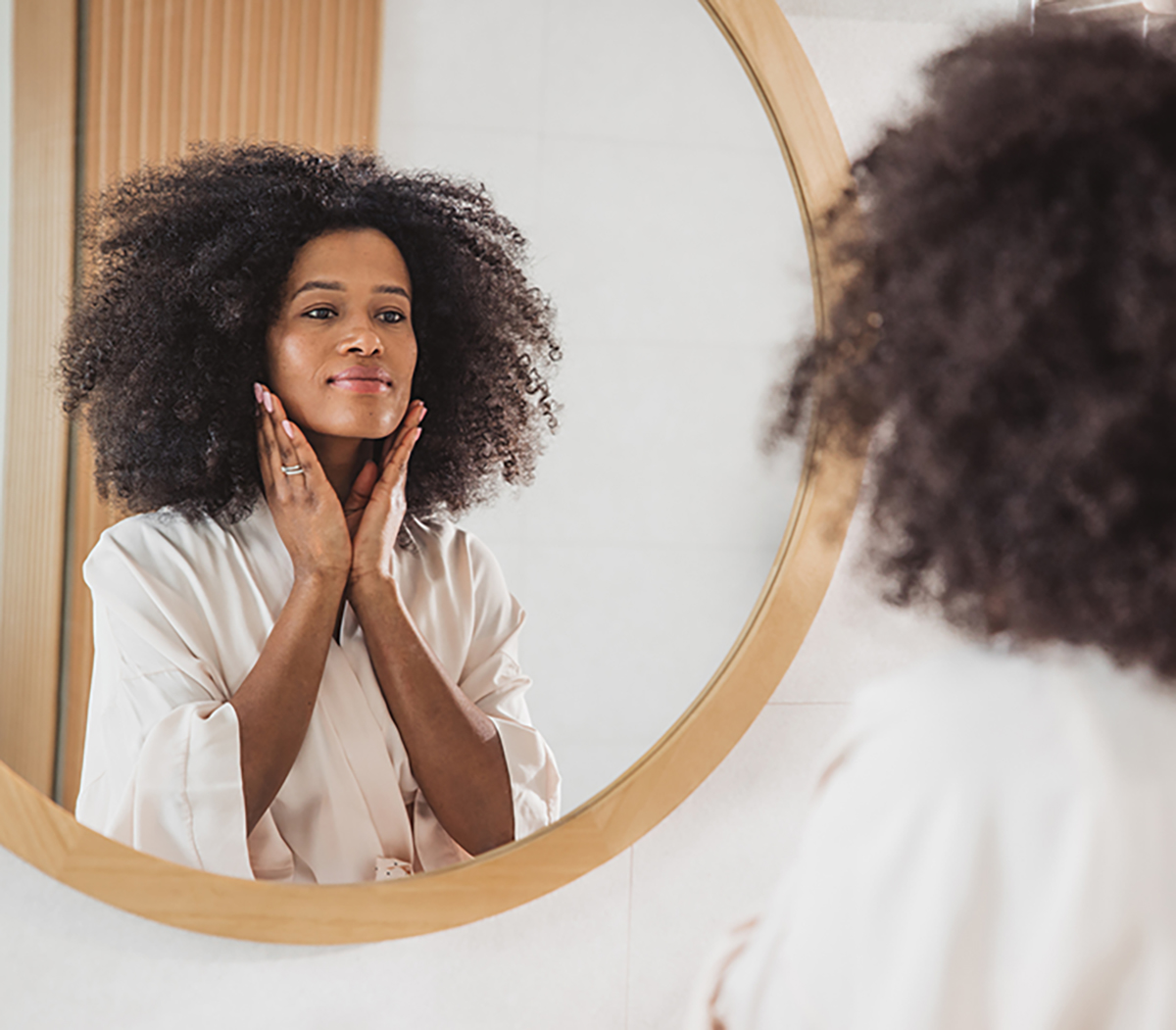Understanding Keloids Treatment Options
 What Are Keloids?
What Are Keloids?
Keloids are thick, raised scars that form when the skin produces too much collagen during the healing process. Unlike normal scars, which fade and flatten over time, keloids can continue growing beyond the original wound’s boundaries. They may become firm, smooth, and shiny, often creating cosmetic concerns and, in some cases, discomfort.
At DrKeloid.com, our team specializes in diagnosing and treating keloids for patients across world and surrounding areas.
Who Is at Risk for Keloids?
Keloids can affect anyone, but certain factors increase your chances:
- Genetics: If your parents have keloids, your risk is higher.
- Skin Tone: More common in people with medium to dark skin, including African-American, Hispanic, and Asian populations.
- Age: Most often seen in people aged 10–30, but keloids can develop on people of all ages.
- Injury to the Skin: Surgical cuts, piercings, tattoos, acne scars, or burns can trigger keloid growth.
Symptoms to Watch For
- Raised, firm tissue that extends beyond the original injury site
- Pink, red, purple, or darker pigmentation compared to surrounding skin
- Itching or tenderness
- Discomfort when touched or irritated by clothing/jewelry
- Oozing bodily fluids, such as blood or puss
Early treatment often leads to better results — don’t wait for a keloid to become larger and harder to manage.
Treatment Options
We create custom treatment plans that may include:
- Corticosteroid Injections: Flatten and soften the scar.
- Laser Therapy: Improves texture and reduces discoloration.
- Cryotherapy: Freezes keloid tissue, making it smaller.
- Surgical Removal: Removes the scar entirely, often paired with other treatments to reduce regrowth.
- Pressure Dressings or Silicone Sheets: Helps prevent recurrence.

Preventing Keloids
If you know you’re prone to keloids, take precautions:
- Avoid elective procedures, piercings, and tattoos.
- Protect healing wounds with clean dressings.
- Use silicone gel or sheets during recovery.
